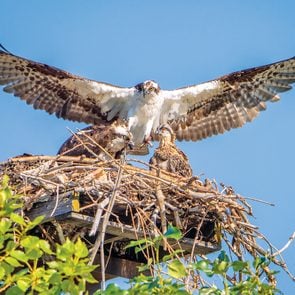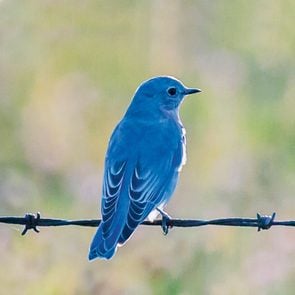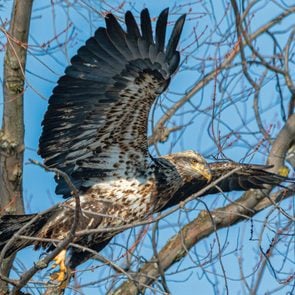Photographing Pileated Woodpeckers in the Wild
The largest North American woodpecker still in existence, the pileated woodpecker is truly the "carpenter of the forest."
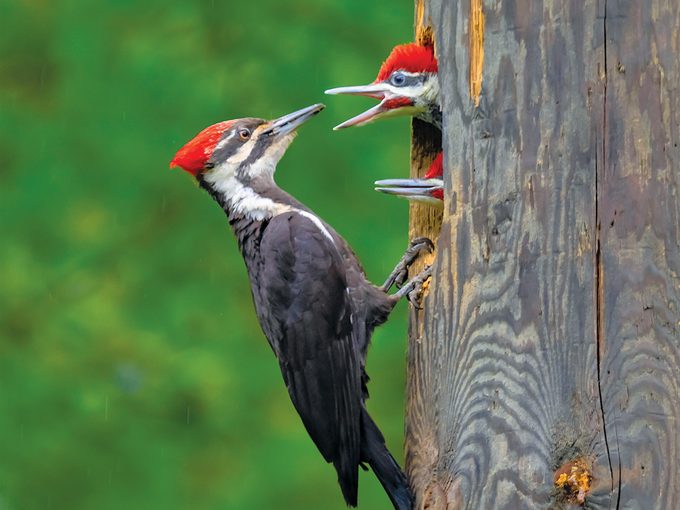
For the past two years, I have had the privilege of witnessing two families of pileated woodpeckers build their nests and fledge two sets of nestling pileated chicks.
It began while I was out looking for something to photograph just north of my home here in Blind River, Ontario. Driving along a country road, I noticed a huge pileated woodpecker flying towards my car, when it suddenly vanished.
I turned around to look for the spot the woodpecker had landed and caught sight of a telephone pole with a huge hole in it. I pulled over and noticed a female pileated woodpecker poke her head out of the opening, sending woodchips falling from the newly excavated hole.
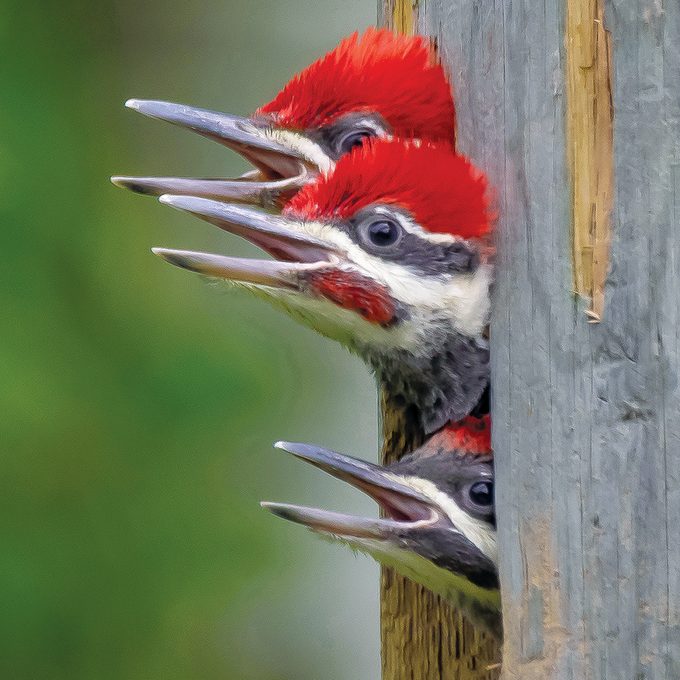
Pileated woodpecker facts
I have since learned a few interesting pileated woodpecker facts. The male and female take turns digging out the hole, with the male doing most of the excavating. The entrance of the hole is usually about nine centimetres in diameter, with the depth of the cavity being between 25 to 60 centimetres deep. The nesting cavity takes from six to seven weeks to complete before the female lays between three and five eggs.
The eggs will be incubated for just over two weeks, while both parents take turns incubating them. Both the male and female will take turns feeding the chicks. For both years that we observed them, these woodpeckers had three chicks, two male and one female. You have to be around the cavity when the chicks fledge because they exit the hole so fast—you need to spend the entire day waiting to see this event happen. Unfortunately for us, we missed it both times!
The main diet of the pileated chicks are carpenter ants, but they will also eat beetle larvae, along with berries and nuts.
The parents collect carpenter ants from old decaying wood in the forest, swallow the ants and regurgitate them to feed the always hungry chicks. After about a month, the young will leave the nest. The chicks will stay with the parents until fall, then they will strike out and find their own territories. A pileated woodpecker’s territory can encompass more than 600,000 square metres (150 acres).
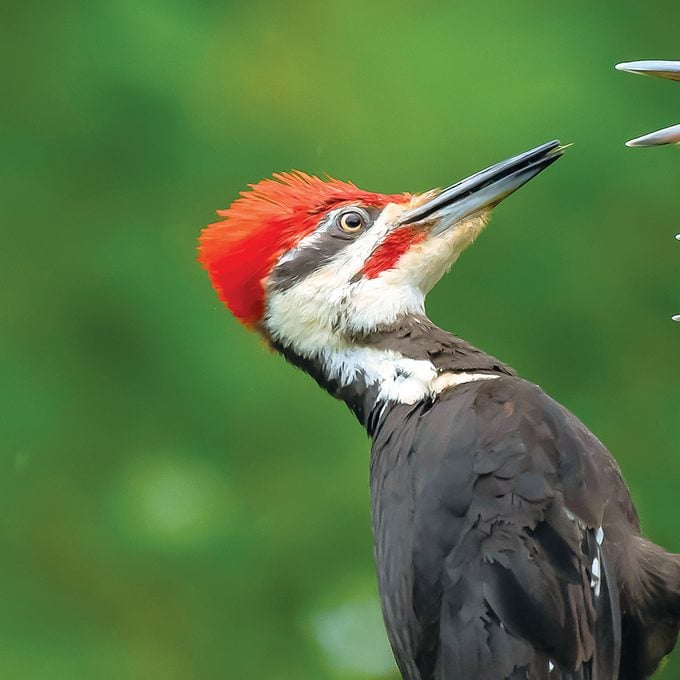
The difference between a male and female is that the male has a full red crest and a red stripe below its bill, while the female has a partial red crest and a black stripe below its bill. The pileated woodpecker is the largest North American woodpecker still in existence and can reach a length of about 46 centimetres. The ivory-billed woodpecker is actually the largest but is considered extinct.
Pileated woodpeckers bond for life and stay together all year long. They only use each tree cavity once, but the vacated holes are often later taken over by boreal owls, wood ducks, pine martens and kestrels. We noticed that last year’s cavity was used by American kestrels, where they raised their own brood.
As big as they are, the pileated woodpeckers do have predators, including black snakes, cooper hawks, northern goshawks, red-tailed hawks, great horned owls and squirrels.
There are a lot of pileated woodpeckers here in Blind River, evidenced by the many tress with huge holes in them—they truly are nature’s carpenters.
If you enjoyed these pileated woodpecker facts, you won’t want to miss this gorgeous gallery of Canadian bird photography.
